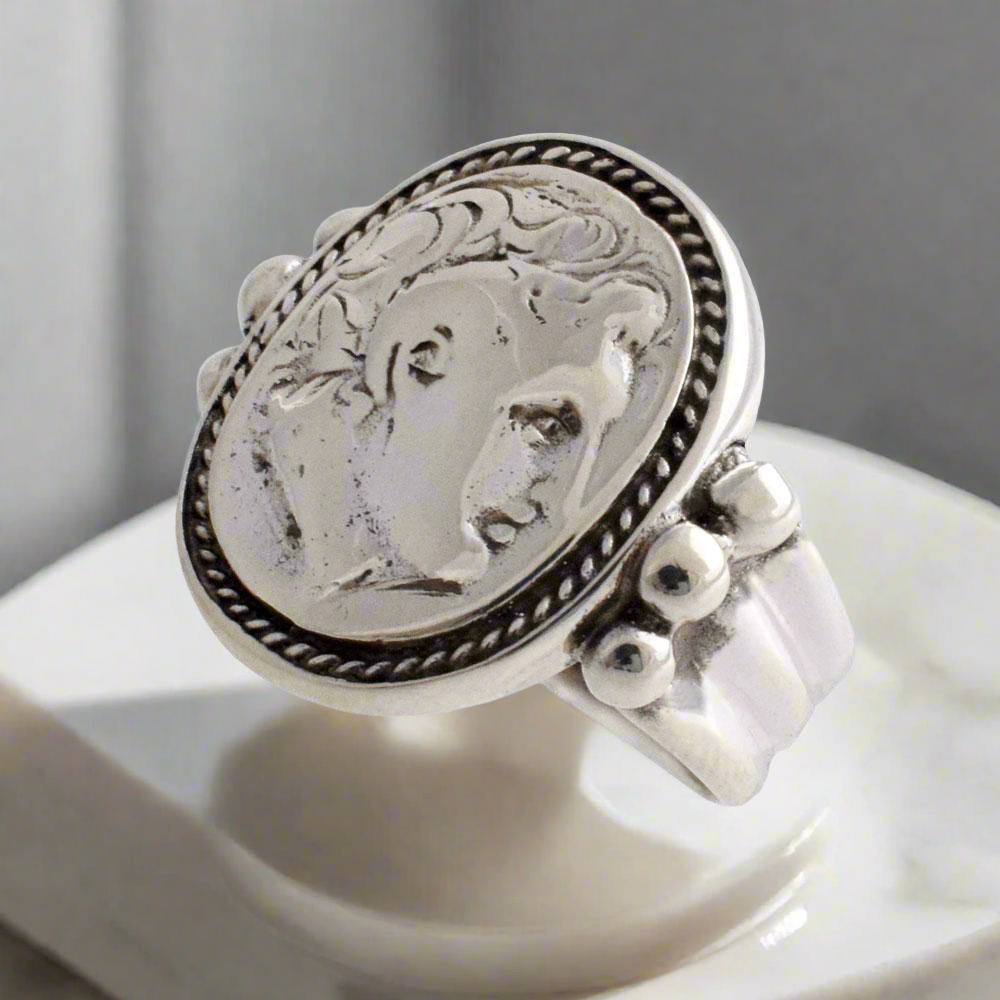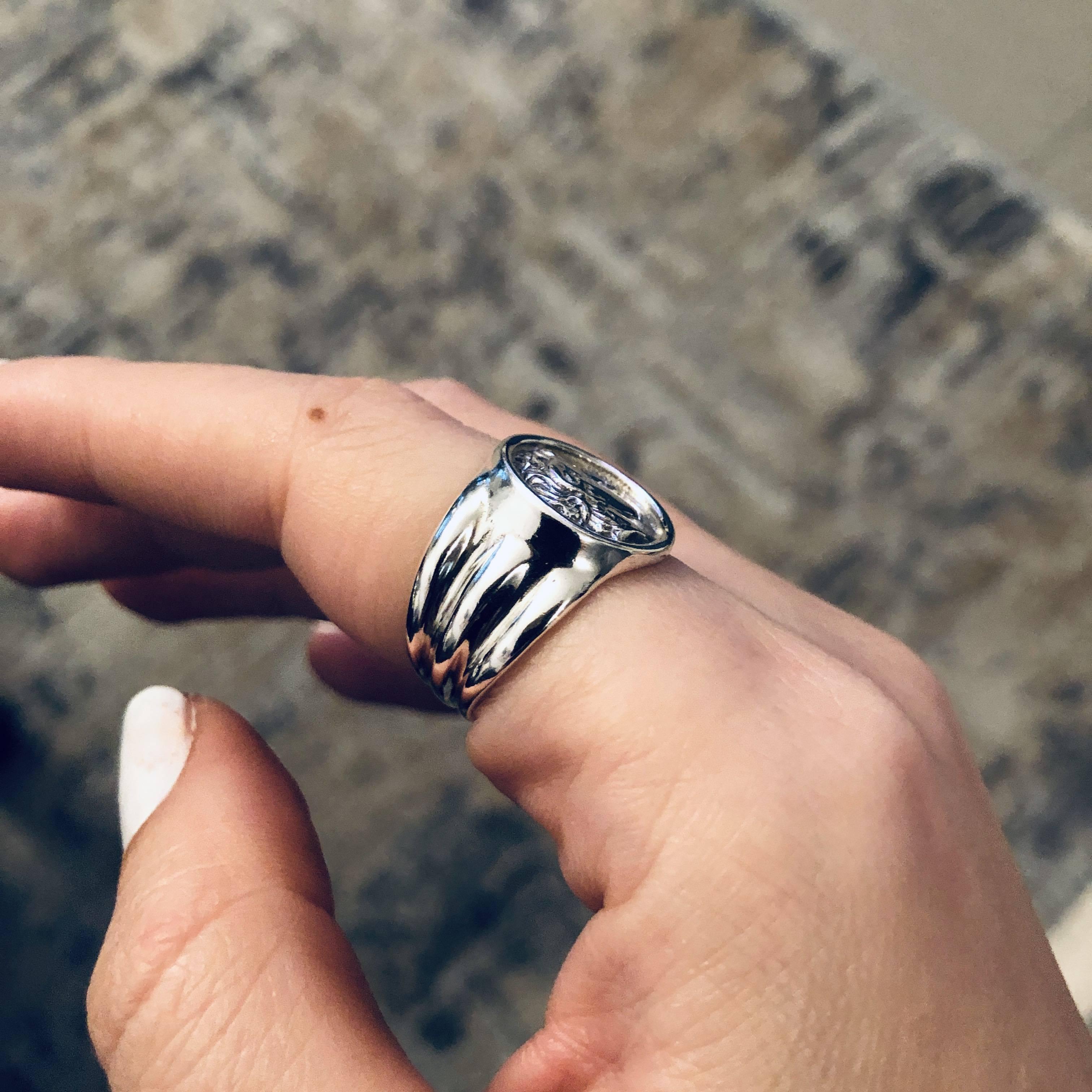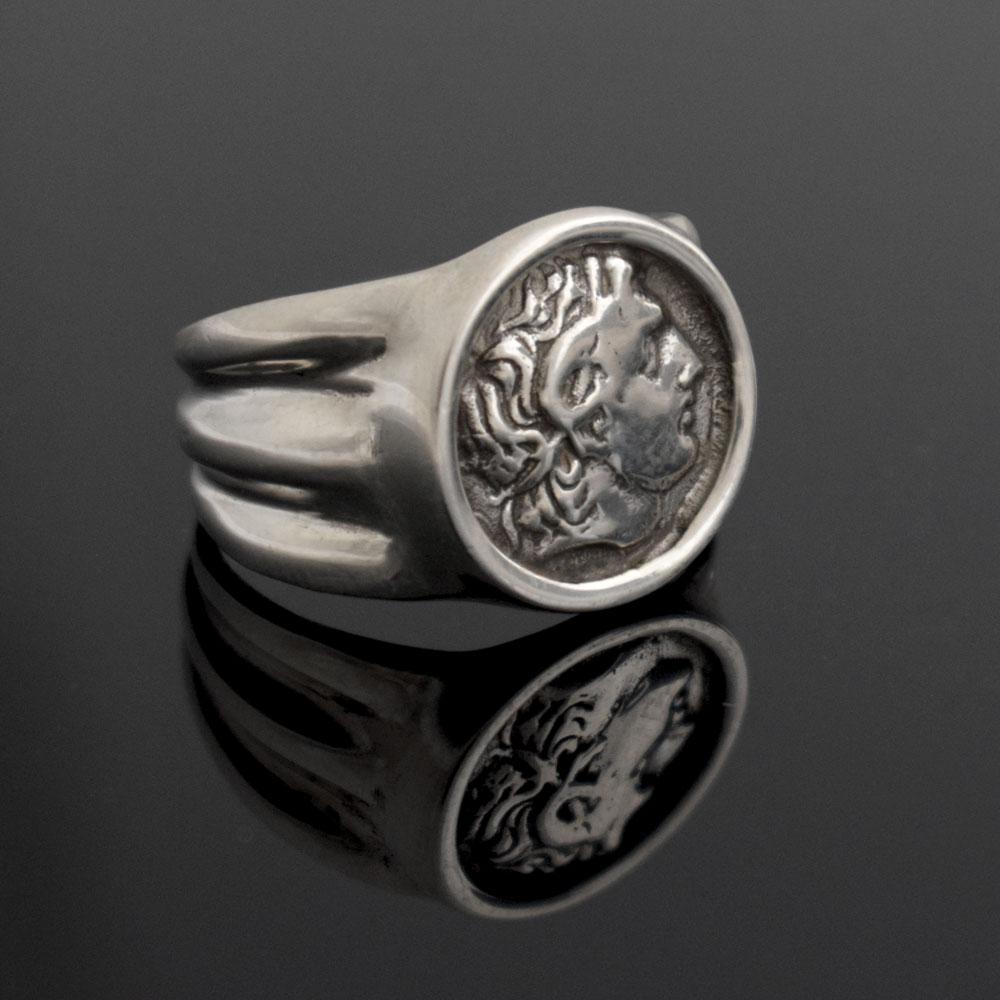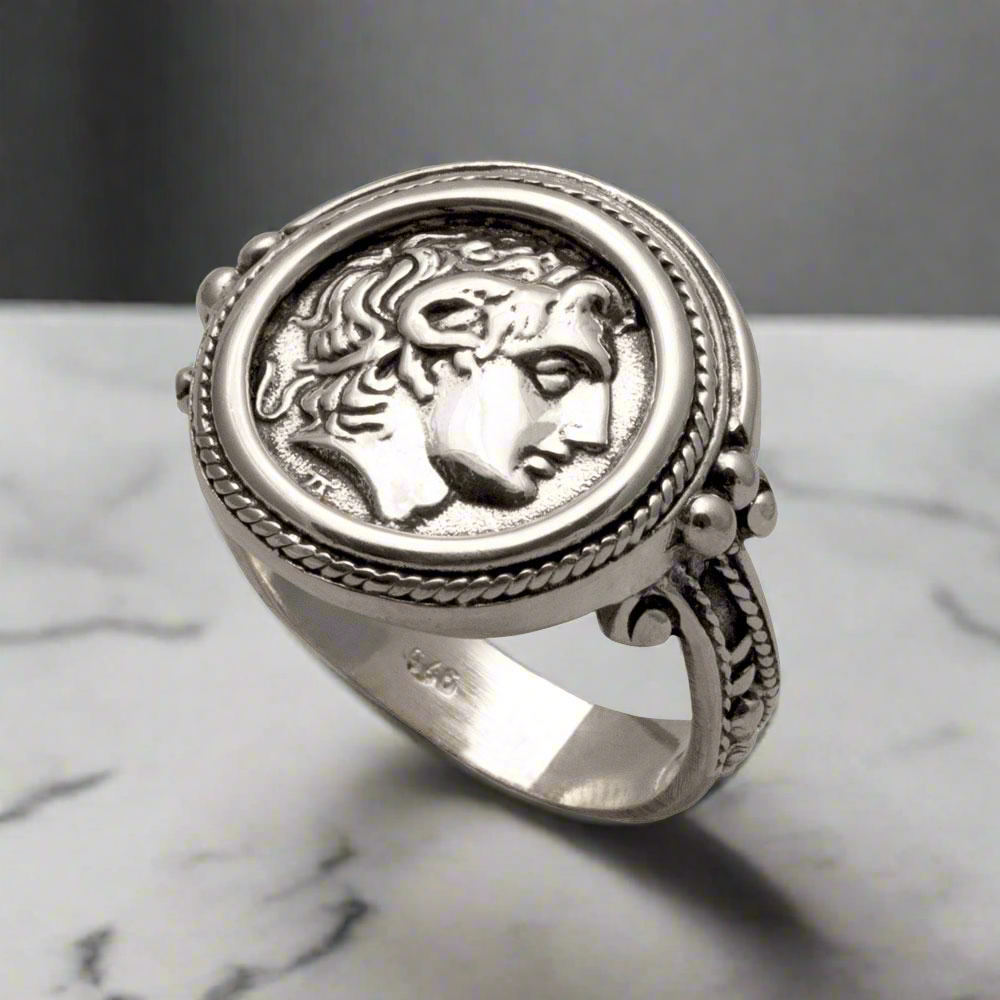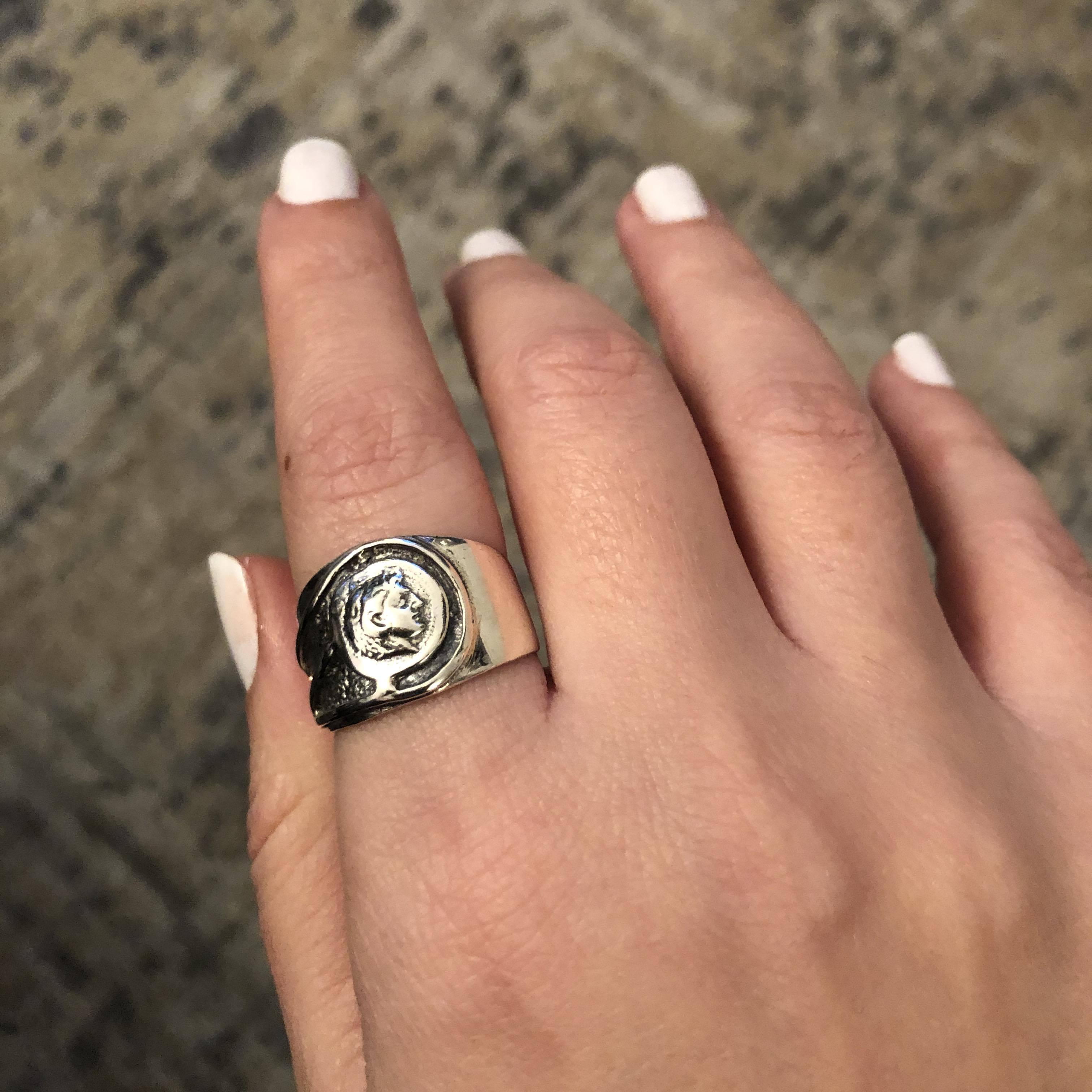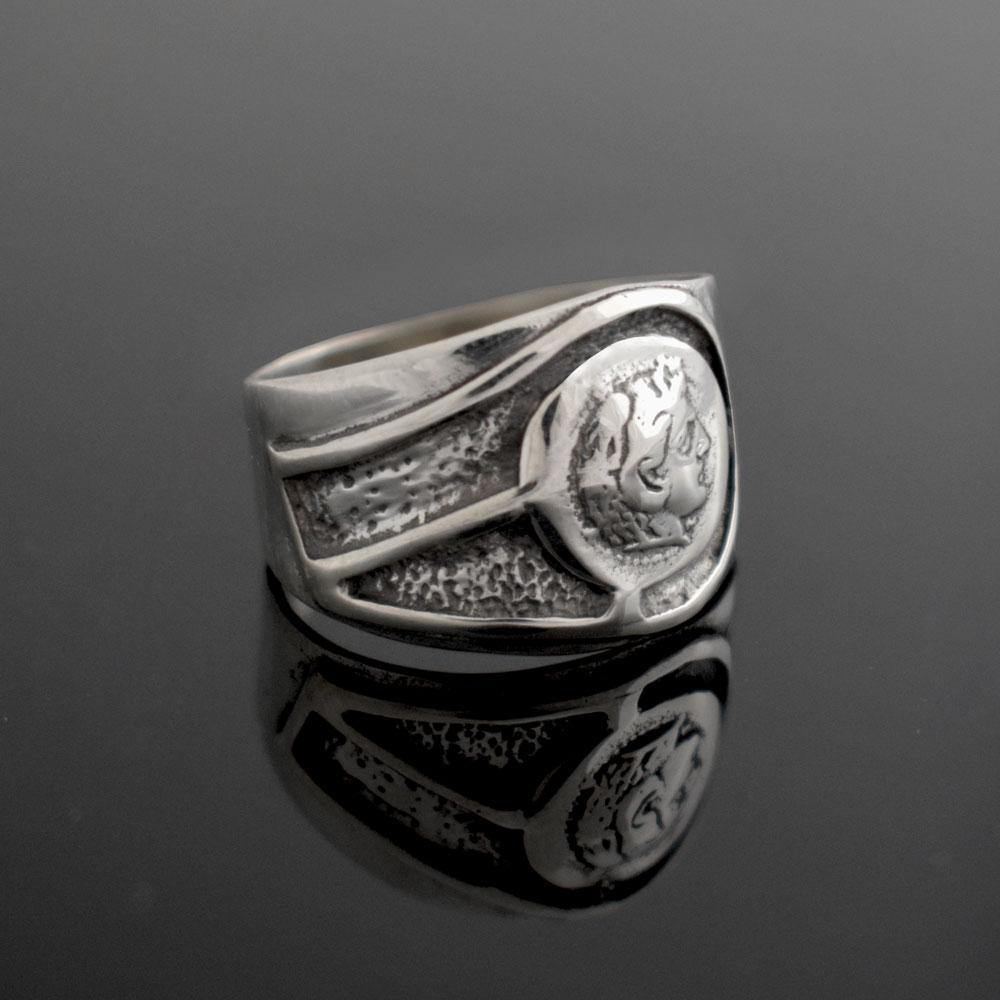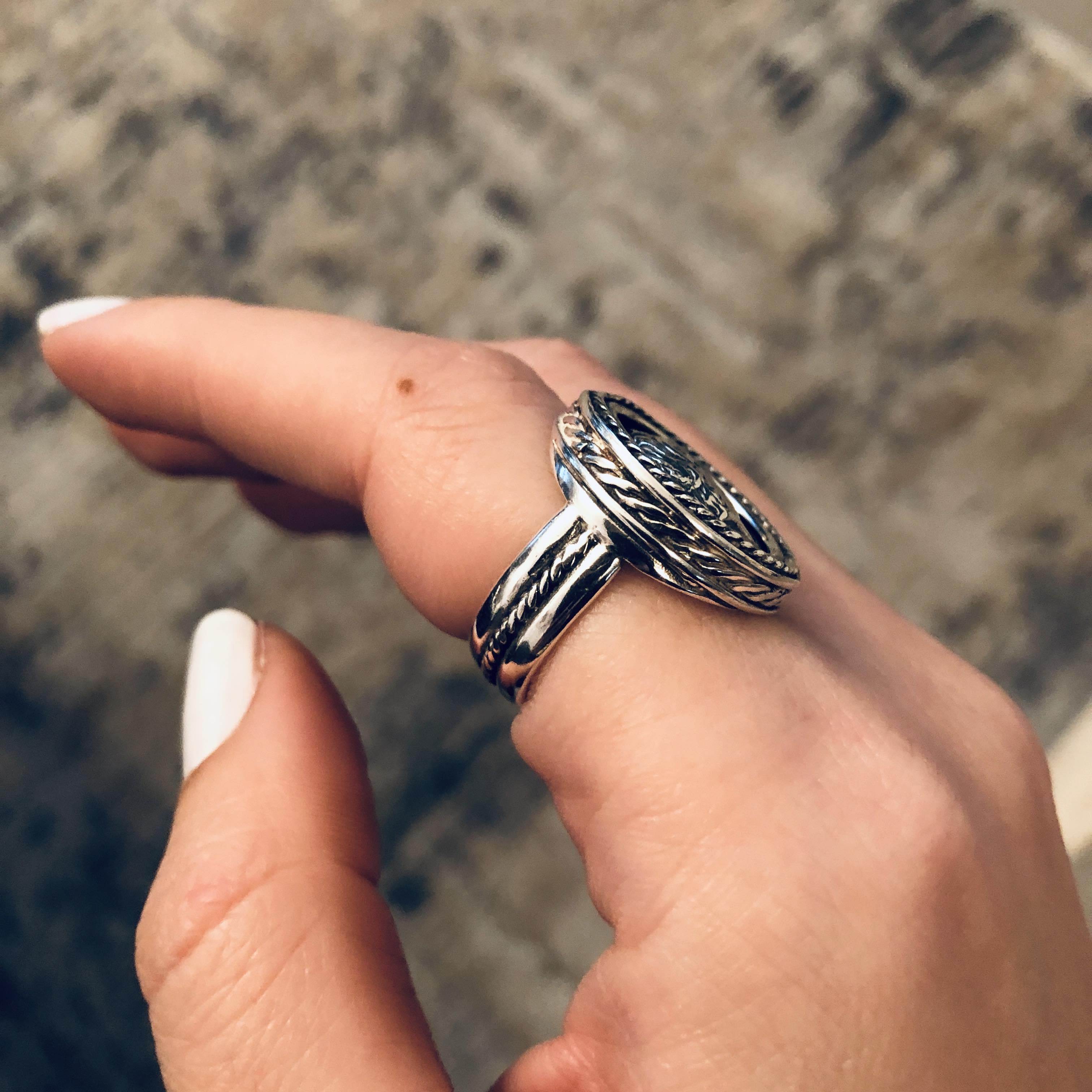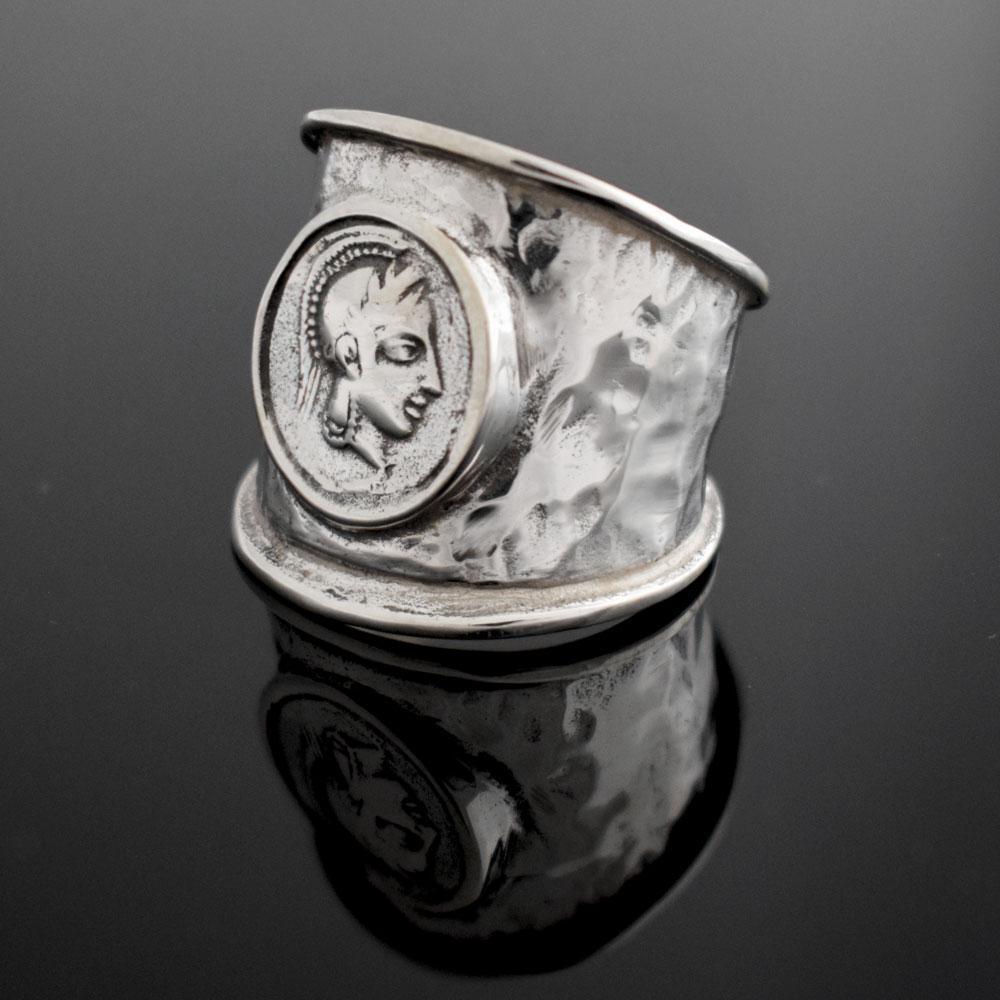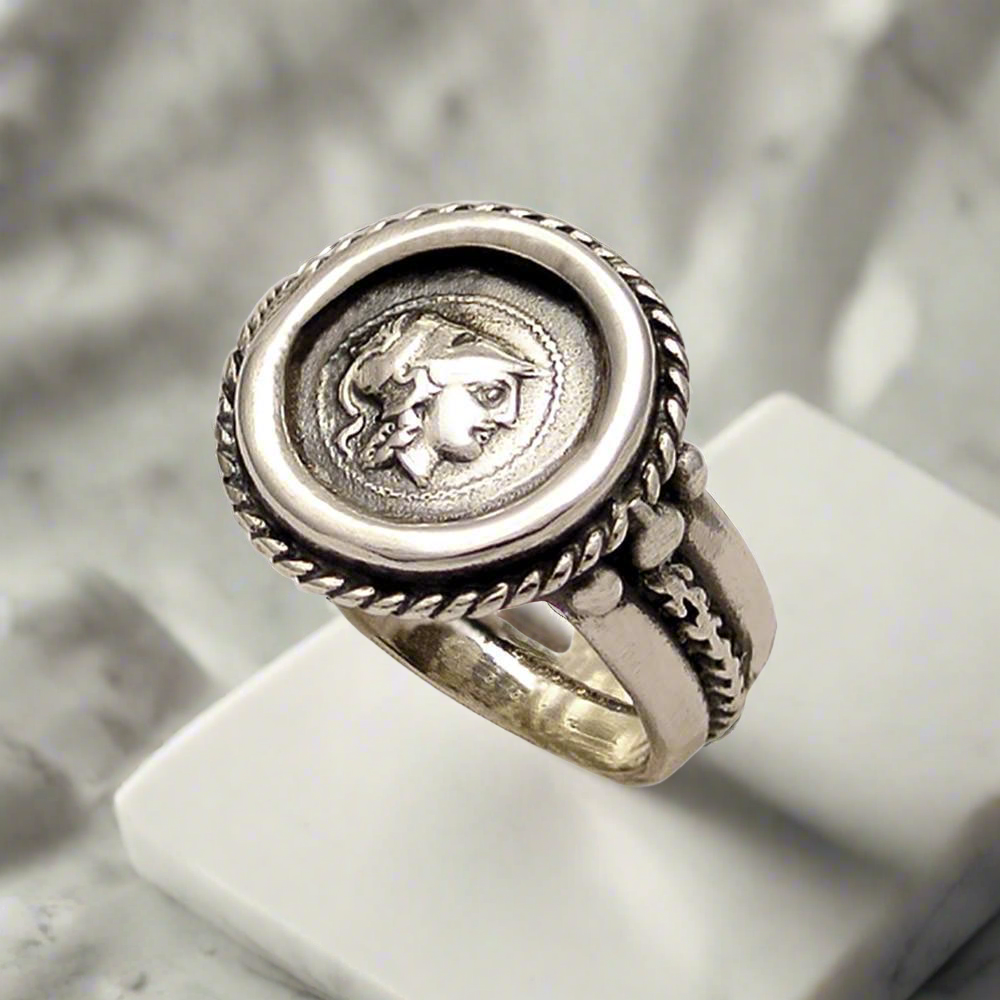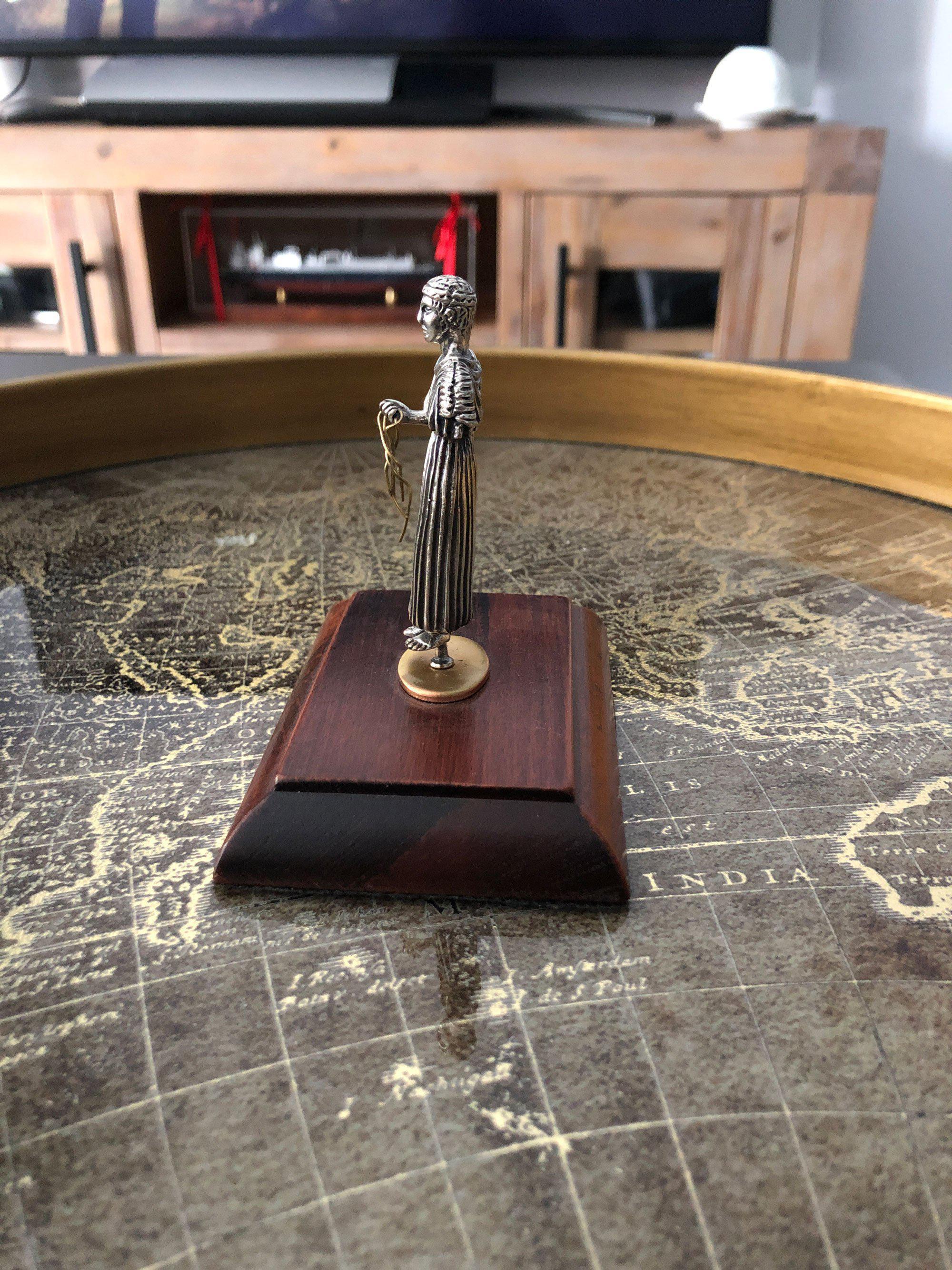| The Charioteer of Delphi is one of the best known status surviving from Ancient Greece and is considered one of the finest examples of ancient bronze statues. It depicts an actual size chariot driver, made in 478 or 474 BC. This status was made to commemorate the victory of a chariot team in the Pythian Games, held at Delphi every four years in honor of Apollo. The chariot seems to be a teenager from a wealthy family . He wears the customary long tunic, down to his ankles. A wide belt is used to tighten the tunic above the waist, and two other bands pass over the shoulders under the arms and crisscross in hte back. The charioteer is not portrayed during the race but after his victory, where he is calm and happy and makes the victory lap in the hippodrome. His hands are spead out holding the rains. The face and the body do not have the features of arrogance, but those of calm self-confidence. |


